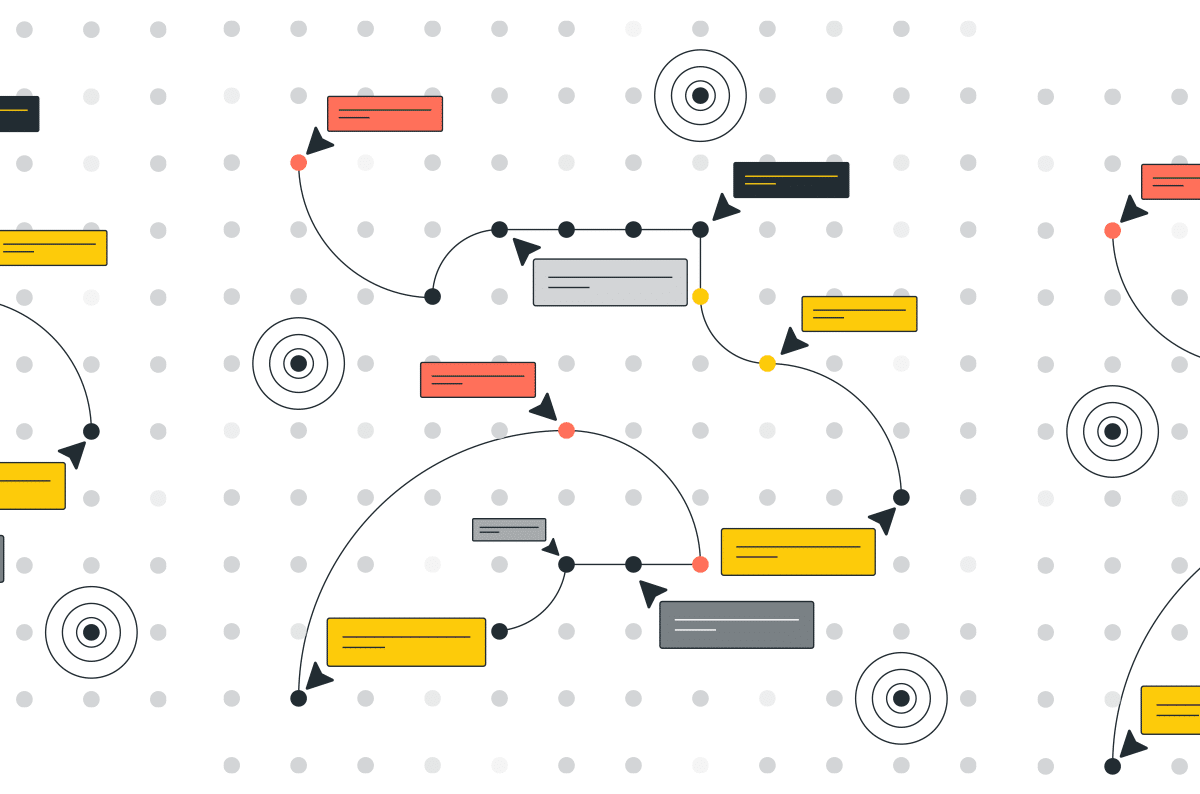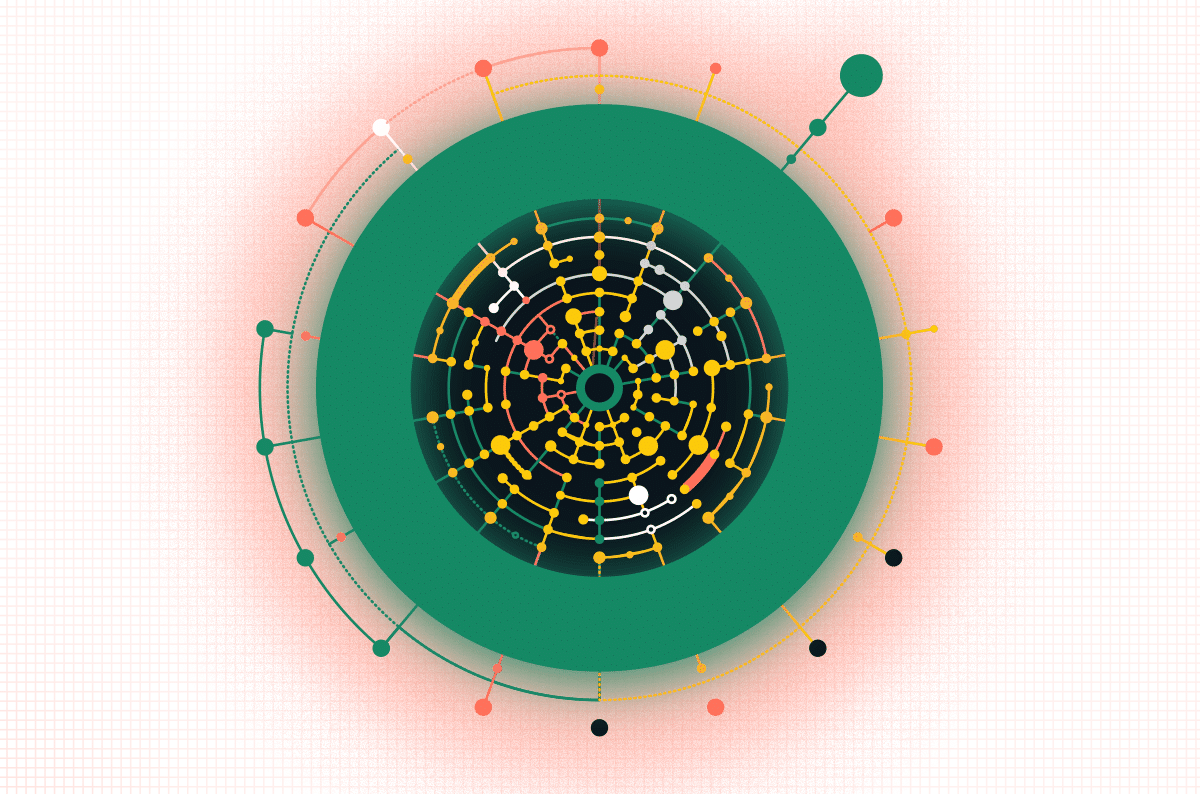Showing 0 results
Meet Cato’s MCP Server: A Smarter Way to Integrate AI Into Your IT & Security Processes Cato XDR Storyteller – Integrating Generative AI with XDR to Explain Complex Security IncidentsCato XDR Story Similarity – A Data Driven Incident Comparison and Severity Prediction ModelEnhancing Security and Asset Management with AI/ML in Cato Networks’ SASE Product



















